- Hatcheries
- Stocking Reports
- Habitat Projects
- Interactive
- Research
- Fishes of Special Focus
- Find a Biologist
Fisheries Management at TPWD
Fisheries management teams use a variety of techniques to promote high-quality, sustainable fisheries in our public waters. Some of our most successful programs are featured in this section.
Watch “Don’t Mess With Texas Fish”
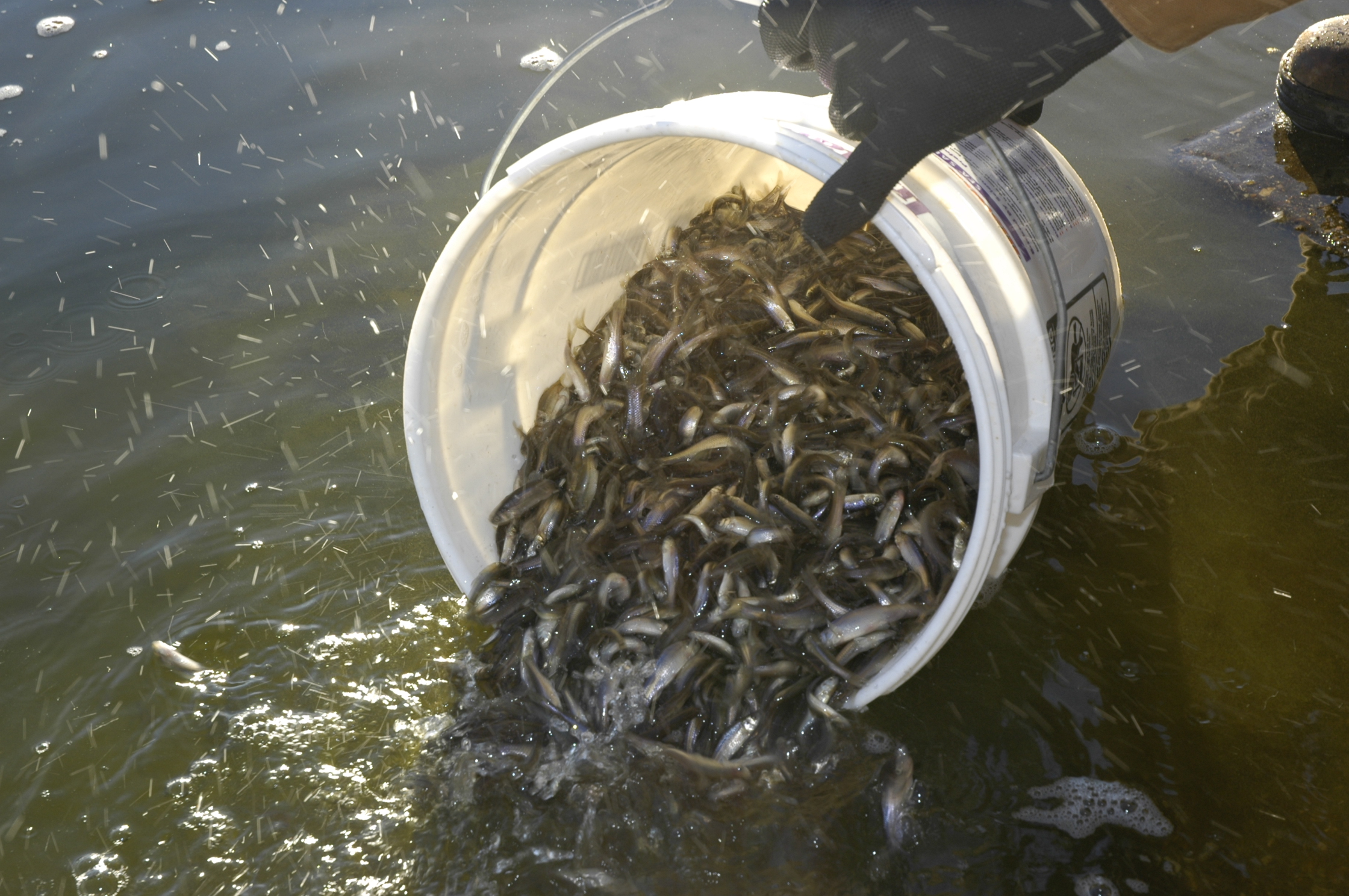 Hatcheries and Stocking
Hatcheries and Stocking
Each year, TPWD stocks approximately 40 million fish in public lakes, ponds, and saltwater bays. Many of these fish are produced in the state's three saltwater and five freshwater hatcheries. Hatchery-reared fish are used to establish new populations, enhance existing populations, support research efforts, and maintain fisheries in small urban reservoirs where natural production will not meet anglers' needs.
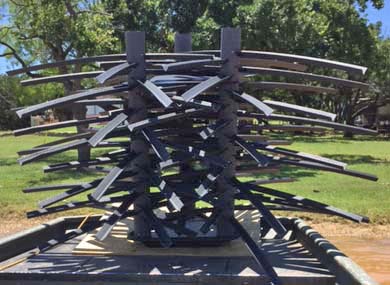 Habitat Projects
Habitat Projects
Stocking won't help a fishery if suitable habitat is not available. Fish need places to spawn, food to eat, and places to hide from larger predators while they're growing up. Several TPWD projects are underway to enhance or replace natural habitat features.
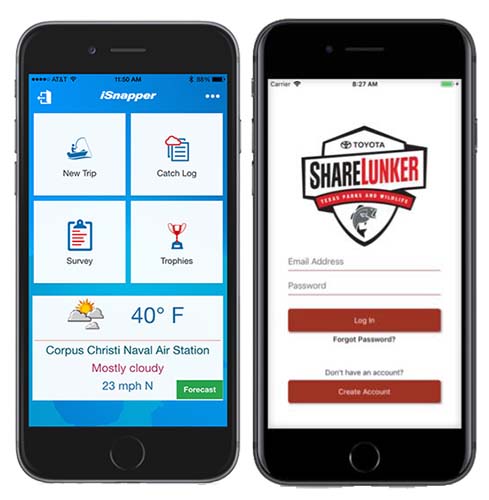 Interactive Programs
Interactive Programs
Downloadable apps and interactive web pages allow members of the public to quickly share information with fisheries management staff.
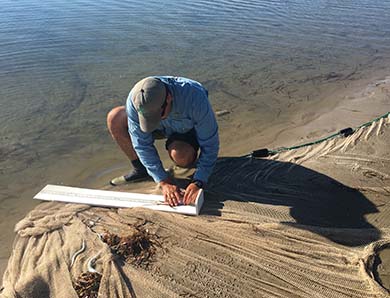 Research
Research
Fisheries research helps us better understand Texas aquatic environments. TPWD biologists study fish genetics, life histories, and ways to improve management of our saltwater and freshwater fisheries.
- Perry R. Bass Marine Fisheries Research Center
- Heart of the Hills Inland Fisheries Science Center
- Reports & Publications
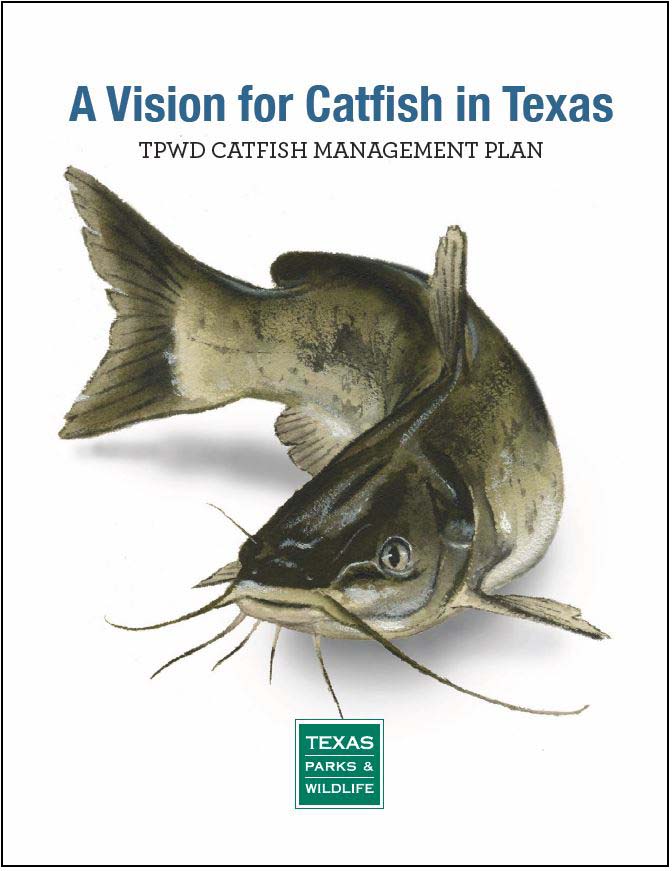 Fishes of Special Focus
Fishes of Special Focus
Some popular sport fishes, such as largemouth bass and spotted seatrout, have been actively managed for decades. In recent years, TPWD has started to work with species that haven't received as much attention. Texas anglers are a diverse lot, and our state can offer fisheries that meet many different needs.
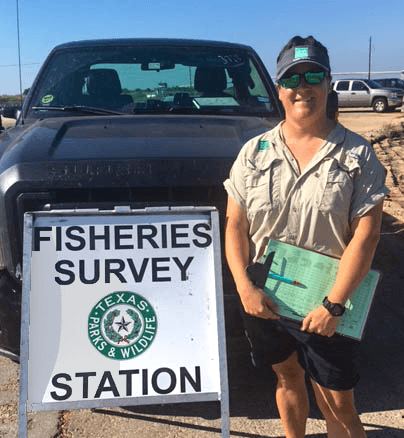 Find a Biologist
Find a Biologist
Fisheries management biologists work in field offices across the state. Visit these pages to find the one that knows most about your favorite fishing spots.

Information collection, reporting and research are produced with support from the federal Sport Fish Restoration program.